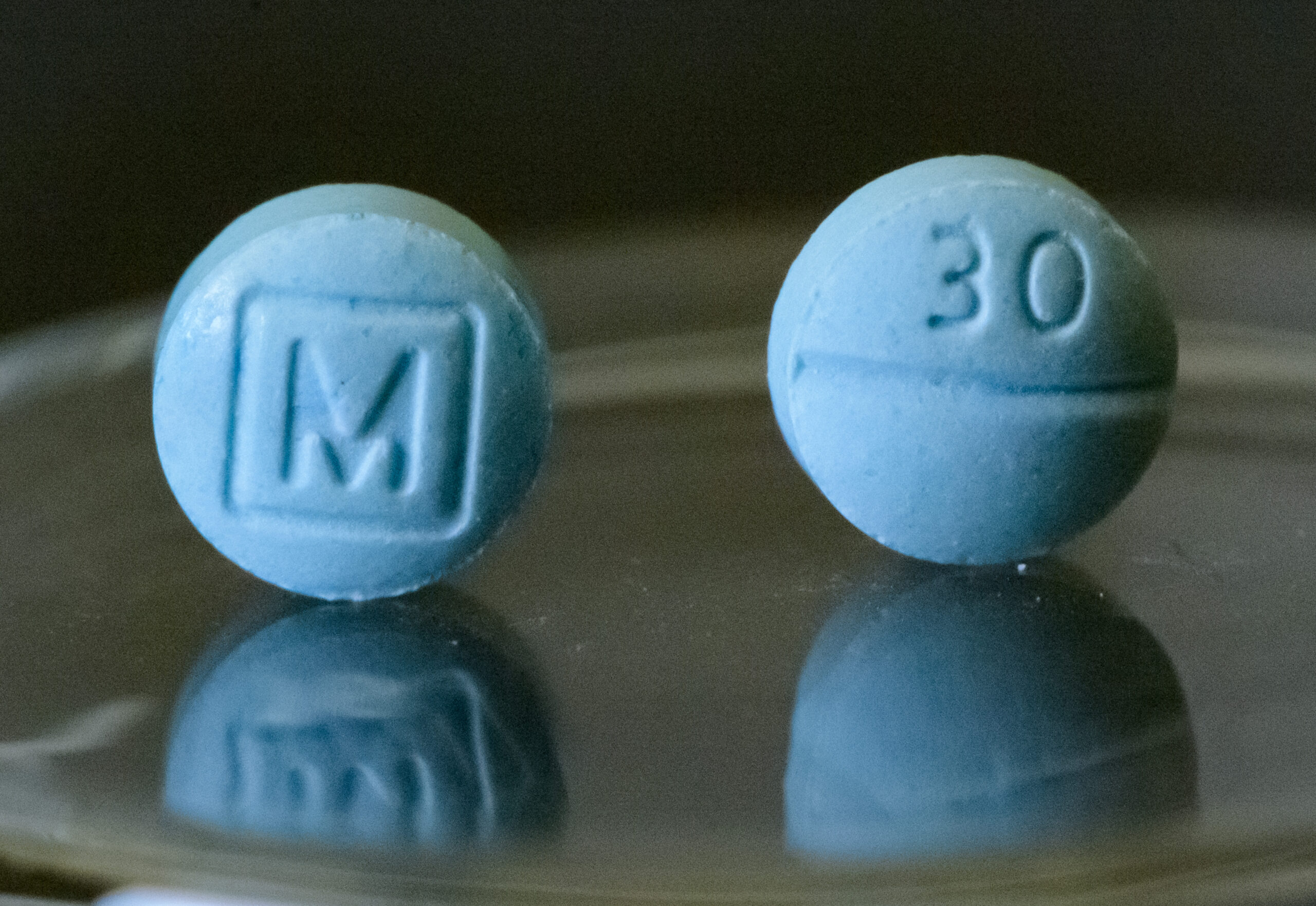In 2022, the Center for Disease Control reported over 100,000 deaths related to opioid overdoses. Most of these overdoses involved the use of illicitly manufactured fentanyls.
Fentanyl mixed with xylazine is posing a new threat to the United States.
University of Rhode Island professor Anita Jacobson, pharm.D, is an expert on opioids and runs the Community First Responders Program (CFRP), which distributes naloxone as well as safer smoking and snortings kits, and fentanyl test strips statewide.
This combination, nicknamed “tranq,” originated in Philadelphia and has spread nationwide in the last two to three years, according to Jacobson.
Fentanyl is a type of opioid, which causes slowed breathing, and can cause death from lack of oxygen. Xylazine is a horse tranquilizer used in veterinary medicine.
“When combined together, you have slowed respirations and profound sedation,” said Jacobson. “This increases the risk of fatal overdose.”
Fentanyl is a prescribed opioid and can be used in cases of pain management and end of life care, according to Jacobson. However, fentanyl often seen on the streets is an illicitly manufactured kind that has slight structural differences from the original fentanyl molecule.
The mixture of fentanyl with xylazine is mostly seen in opioids, but is also used in other stimulant drugs.
It is not entirely clear why there has been an increase of “tranq” in street drugs as it is not easy to study, according to Jacobson. However, experts have theories about its rise in popularity over the last few years.
“The supposition is that fentanyl is relatively short acting compared to heroin, so people were having to use six to ten times per day with fentanyl,” said Jacobson. “Xylazine is so sedating it lasts for six to eight hours, so you have a prolonged experience.”
Substance use disorders are complex, and opioids are a highly addictive class of painkillers.
“People consume more drugs to keep preventing withdrawals as opposed to getting euphoric from it,” said Jeffery Bratberg, pharm.D, a URI pharmacy professor who is also an expert on opioids.
“Xylazine is an inexpensive adulterant with sedating properties so people may not need to put as much fentanyl in drugs,” Bratberg said.
Bratberg’s research has focused on opioid safety, harm reduction and overdose prevention. He is also a consultant for prescribetoprevent.org and prevent-protect.org, websites that specialize in educating healthcare professionals about opioids.
The treatment of substance use disorders is also impacted by the increase in synthetic drugs like “tranq” because similar to opioids, xylazine dependence has associated withdrawal symptoms.
“We don’t really have medicines to treat xylazine withdrawal, and there isn’t a lot of information for providers,” Jacobson said. “Depending on where someone is, they may not even have a provider who has heard of xylazine.”
Xylazine withdrawal can include periods of intense anxiety and insomnia, according to Jacobson.
Naloxone, or the brand name Narcan, can be used to reverse opioid overdoses, but the addition of xylazine into street drugs poses new complications.
“If a person uses too much fentanyl, you can give them naloxone and it will reverse the fentanyl, but if they consume xylazine or other substances, they may be breathing but not awake,” Bratberg said.
Even though it does not reverse the effects of xylazine, Naloxone should always be administered in the case of a drug overdose.
Even if there are no opioids in a person’s system, giving Naloxone will not harm the person, according to Bratberg.
People who use drugs should also apply safer strategies.
“A general rule for using drugs more safely, because there’s no safe use of unregulated substances, is to never use them alone,” Jacobson said. “Also, don’t be afraid to call 911 if somebody does become unconscious.”
The CFRP, located in Morrill Hall room 219 is open Monday through Friday from 8 a.m. to 4 p.m. and has resources available for safer drug usage.
The program gives out safer smoking and snorting kits, which include sterilized materials. This reduces risk of infectious disease for people who use drugs. Narcan and fentanyl test strips are also available. The test strips allow a person to test a small piece of a drug they may take, and see if there is fentanyl present.
“We know that when people test their drugs, they use more safely and less often,” said Bratberg. “These kinds of harm reduction techniques are important.”
There are many reasons why someone might choose to use drugs, and people who use drugs are often highly stigmatized, according to Bratberg.
“There’s all these psychosocial aspects that we need to do a better job of addressing because it’s really hard to be in recovery and not have support around you,” Jacobson said.
Lack of steady housing, inconsistent meals and past histories of incarceration can all affect a person’s choice to use illegal substances.
“I think all people have a right to health,” said Bratberg.
In addition to the resources mentioned above for safer drug usage, the CFRP is also available to help connect students with recovery resources and substance abuse treatments.

